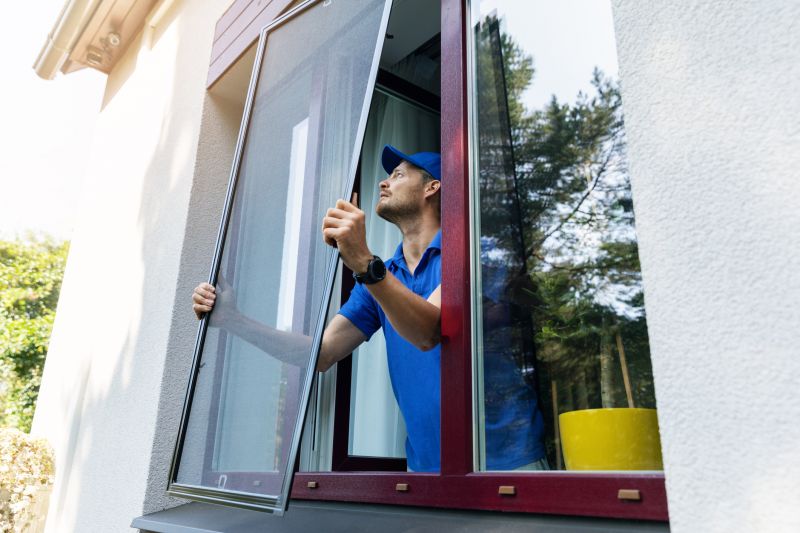Optimal Timing for Windows Installations
Choosing the right time for Windows installations can impact the effectiveness and efficiency of the process. Factors such as system readiness, workload periods, and seasonal considerations play a role in determining the best timing. Proper scheduling ensures minimal disruptions and optimal performance post-installation.
Scheduling installations during times of low network activity reduces interruptions and allows for smoother updates.
Performing installations during off-peak seasons minimizes operational impact, especially for businesses with seasonal workflows.
Timing installations ahead of significant software updates ensures compatibility and reduces downtime.
Ensuring hardware and network stability before installation can prevent issues and improve success rates.

Technicians performing Windows updates during off-hours.

Preparing systems for installation during scheduled maintenance.

Verifying system functionality after Windows setup.

Ways to make Windows Installations work in tight or awkward layouts.

Popular materials for Windows Installations and why they hold up over time.

Simple add-ons that improve Windows Installations without blowing the budget.
| Timing Factor | Considerations |
|---|---|
| Business Hours | Disrupts workflow; best to avoid unless necessary. |
| Evenings and Weekends | Ideal for minimizing operational impact. |
| Seasonal Workload | Schedule during low activity periods. |
| Hardware Readiness | Ensure systems are prepared before installation. |
| Support Availability | Coordinate with support teams during planned windows. |
| Major Software Updates | Install prior to significant updates for compatibility. |
| Network Stability | Confirm network performance before proceeding. |
| User Convenience | Choose times that cause least inconvenience to users. |
Windows installations are critical for maintaining system security, improving performance, and enabling new features. Proper timing ensures minimal disruption and maximizes the benefits of updates. Regularly scheduled installations can prevent unexpected failures and extend the lifespan of hardware components.

Monitoring updates before installation.

Technician performing a Windows setup.

Assessing hardware before installation.

Verifying system stability after setup.
Interested in scheduling a Windows installation? Filling out the contact form provides an opportunity to discuss timing options and ensure the process aligns with operational needs. Proper planning can lead to smoother updates and better system performance.



